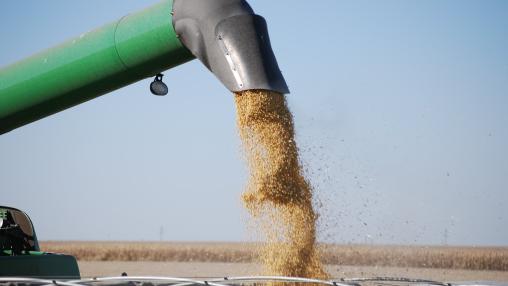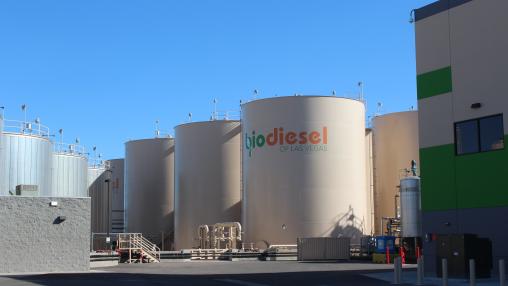The AMIS Market Monitor provides a synopsis of major developments in international commodity markets, focusing on wheat, maize, rice and soybeans. The analysis is a collective assessment of the member organizations of AMIS concerning the international market situation and outlook.
Agricultural Market Information System (AMIS) Market Monitor April 2024
winter wheat plantings for harvest in 2024 decreased in Ukraine (areas under Government control), and the United States. Spring plantings might make up the decline in some countries. Similarly, there is a likelihood of a shift away from maize toward soybeans,
made more attractive by increasing crude oil prices which improve prospects for biofuels demand. Although overall crop conditions at the end of March do not raise alarm, market-driven adjustments to planting areas could impact sentiment on the global markets should significant weather events occur during the rest of the season.

Commodity Prices Continue to Fall in February
The FAO Food Price Index continued its decline in February, falling marginally due to declines in cereal and vegetable oil prices. The February Index was down 10.5 percent from its 2023 level.
Agricultural Market Information System (AMIS) Market Monitor March 2024

Amid conflict and climate risks, FAO highlights crucial role of AMIS in global food market stability
In the face of escalating conflicts, economic slowdowns and downturns, and the growing climate crisis, the Agricultural Market Information System (AMIS) plays a crucial role in enhancing transparency and policy coordination in international food markets, Maximo Torero, Chief Economist of the Food and Agriculture Organization of the United Nations (FAO), has said.
Speaking at an expert panel at the Global Forum for Food and Agriculture (GFFA) 2024 in Berlin, he stressed how AMIS has helped to prevent unexpected price hikes and strengthen global food security.
Agricultural Market Information System (AMIS) Market Monitor February 2024

FAO Food Price Index, AMIS Market Monitor See Reduction in Price Volatility
The FAO Food Price Index remained stable in November, with increased vegetable oil, dairy, and sugar prices balanced by falling cereal and meat prices. The November 2023 Index was 10.7 percent below its 2022 level.
The Cereal Price Index decreased by 3 percent in November to reach nearly 20 percent below its November 2022 level. Maize prices fell most significantly in November due to increased sales in Argentina and higher seasonal supplies in the U.S. Wheat prices also fell, albeit less sharply, due to ongoing harvests in Russia. Rice prices remained stable in November.
Agricultural Market Information System (AMIS) Market Monitor December 2023
products remains strong and is expected to hit record levels in the 2023/24 marketing season. Lower prices mean reduced profitability for grain and oilseed farmers though lower costs for fuel and fertilizer will help mitigate that impact.
Agricultural Market Information System (AMIS) Market Monitor November 2023

FAO Food price Index Declines in October, But Volatility in Some Markets Remains
Food prices continued to decline, albeit more slowly, in October, according to the latest FAO Food Price Index. The Index was down 0.5 percent from September and 10.9 percent from October 2022.